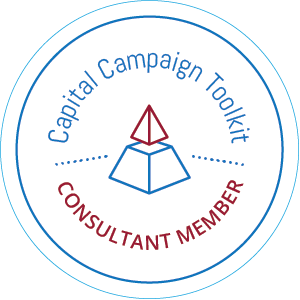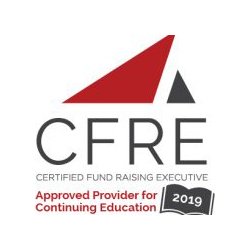No matter what type of fundraising campaign your organization is running, a well-developed communications plan will help to ensure your success. The goal of a communications plan is to assist your nonprofit in thinking more strategically and communicating more effectively to meet the goals of your campaign.
Here are some things you need to consider when creating the communications plan for your next fundraising campaign:
-
- Map out every step of your fundraising campaign.
Start right from the beginning. From the very first moment you speak about your fundraising campaign down to extending your gratitude to all donors — write down every step you think you will need for its implementation and completion. Plan your launch, promotions, recruitment, and acknowledgment phases. - Define the campaign’s goals and objectives.
While mapping out every stage of the campaign is important, so is knowing the whys of your campaign. Defining your goals and objectives allows you to understand your campaign better, determine which strategies to use, and make better decisions. Raising a certain amount of money, expanding the donor base, and increasing the average gift size are common examples of goals for a fundraising communications plan. Depending on your goal, you can plan out your outreach methods, scripts, and immediate targets. - Consider and set your target audience.
No two donors are the same — they will surely differ in their size, frequency, and reasons for giving. This is why thinking about your key audience will help you target them with different approaches and personalized messaging. - Think through your message points.
Once you have set your target audiences and segments, proceed with penciling in the message you wish to communicate to each donor and when to communicate them. The message points should resonate with your goals and target audience. If your goal is to expand your donor base, your message should focus on how their contributions helped and how inviting more donations will increase their impact, rather than why one must increase their gift size. - Decide on your communication channels.
With your message prepared, you must then determine how to communicate each message to each audience. Pencil in all your existing and prospective communication channels and study what works for you and your audience. These may include direct mail outreach, newspaper, social media, and many others. - Develop a communications calendar.
Once you have decided on your messages and channels, the schedule and timing of your communications, from start to finish, becomes critical. This makes a communications calendar an essential piece of your fundraising campaign. - Track and measure.
Setting measurable goals at the start of your fundraising campaign will allow you to track and measure your progress throughout the tenure. Depending on the results of your metrics, you can continue or update your strategies and approaches. Start by reviewing your website traffic, email responses, SMS opt-ins, and donations. Regardless of type, running a fundraising campaign can be tough. However, with a little forethought and advanced planning, you can ensure that you communicate the right message to the right audience at the right time, boosting the success of your campaign.
For a free, 30-minute consultation or to learn more about our “Survive and Thrive” professional coaching services, visit us at www.developmentconsultingsolutions.com/coaching or book your fundraising coaching session at http://calendly.com/developmentconsultingsolutions/30min.
Join my new nonprofit community who are surviving and thriving! Click HERE to join my private Facebook group: Nonprofit Survive and Thrive Mastermind and receive support and inspiration to drive your results.
- Map out every step of your fundraising campaign.











Leave a Reply
Want to join the discussion?Feel free to contribute!